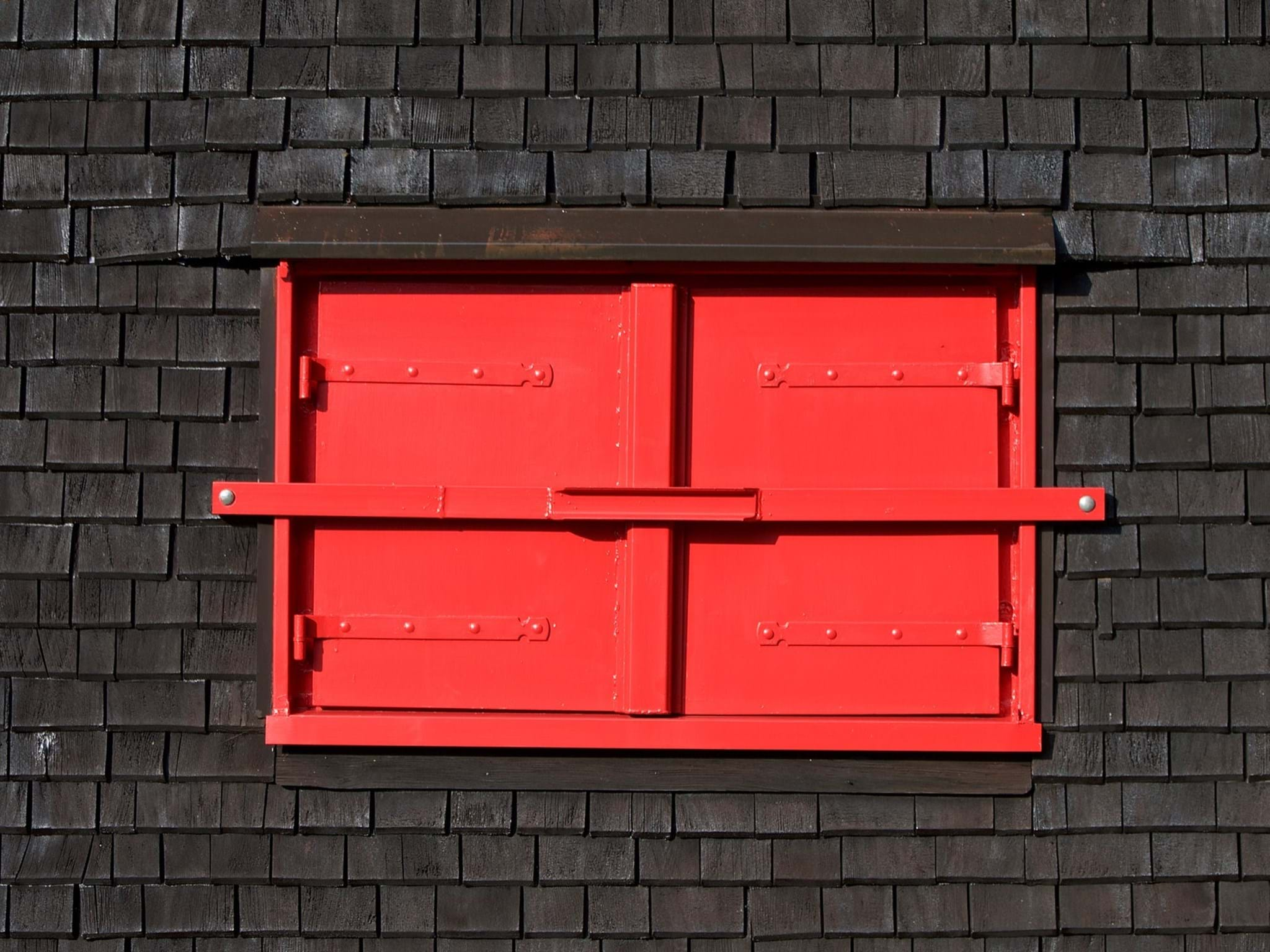This is the tale of the shutter in large sensor dedicated digital cameras – a mechanism used to implement a given exposure time selected by a photographer. But it's also the tale of a mechanism that is heading for the history books.
For many years design limitations of Digital sensors made them fairly complicated to use in large sensor dedicated cameras. Greatly simplified, once a sensor is turned on, it starts collecting light in each pixel. Once each pixel has received enough light it becomes “full”, and no more information on light is gathered. To prevent just running full – and control exposure time for our image - a mechanism was needed to stop more light from entering the pixel. There is also a need to read out the current light values, and be able to reset it to start over.
Sensor designs only had one unified electronic way of handling all of this, and that is called readout. Basically, we read the light values simultaneously from every pixel in an entire row across the sensor. Once the read is done, it also resets the pixels in that row, so they start gathering light anew. Then we move on to the next row of pixels, until we have gone through all the pixel rows on the sensor. This is done very quickly – but still not quickly enough. Once a sensor is turned on, the lowest row of pixels gets more exposure time than the upper row when doing the readout – because of the line by line approach. To add bad to worse, sensor readout is done at a fixed speed, so for photography it becomes even more useless as a mechanism to end exposure. Just to illustrate, many sensors do a full readout in fx. 1/60th of a second. How can you do an exposure speed of 1/1000th of a sec if the sensor takes 1/60th of a second to complete readout from the first to the last row? It would create massive overexposure of the lower part of the image.
In mirrorless this gets even more complicated: Mirrorless cameras have no optical viewfinder, so to provide the viewfinder image, the sensor is always on and the rows are read many times a second – over and over, top to bottom. This creates a situation where there is no common starting time for taking an image by turning the sensor on. The exposure of the upper pixel rows are not done at the same relative time as the lowest row. With fast moving subjects this creates artifacts in the image being collected, since the subject has moved between the upper and lower rows light gathering, readout and reset. Collectively this is called “rolling shutter” – because it's “rolling” down the sensor. While it is a BIG problem in video, its fixed speed makes it completely useless I photography.
A final problem is that sensors takes time to turn on – and that time varies with temperature and lots of other factors. How do you include the “turn on” time in your exposure calculations?

